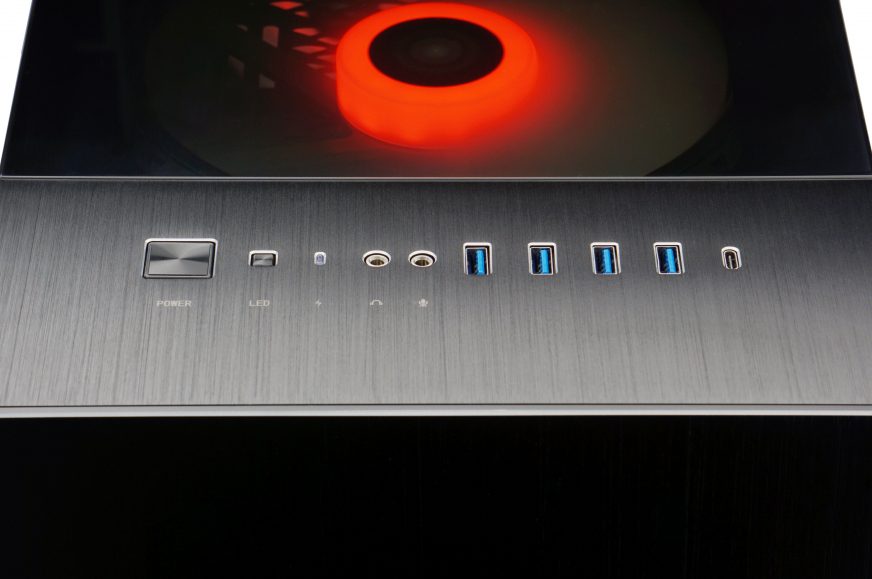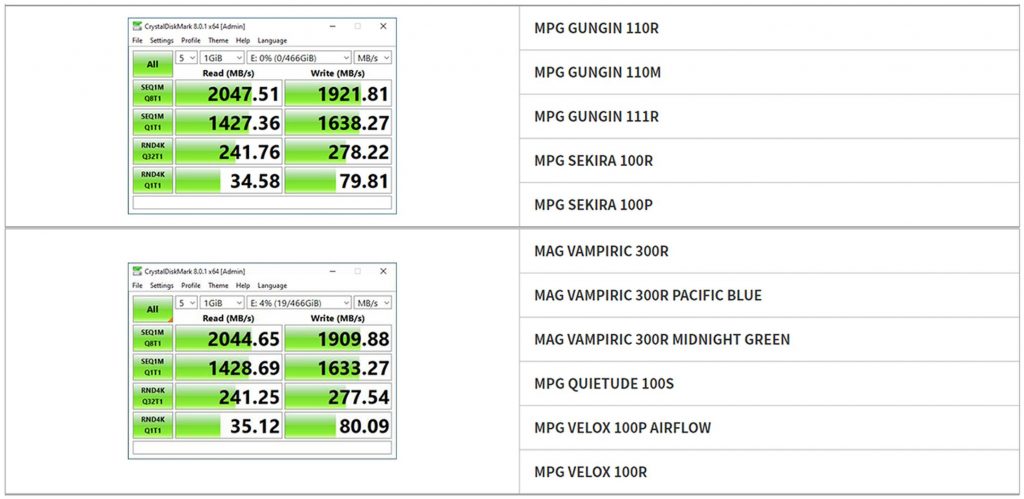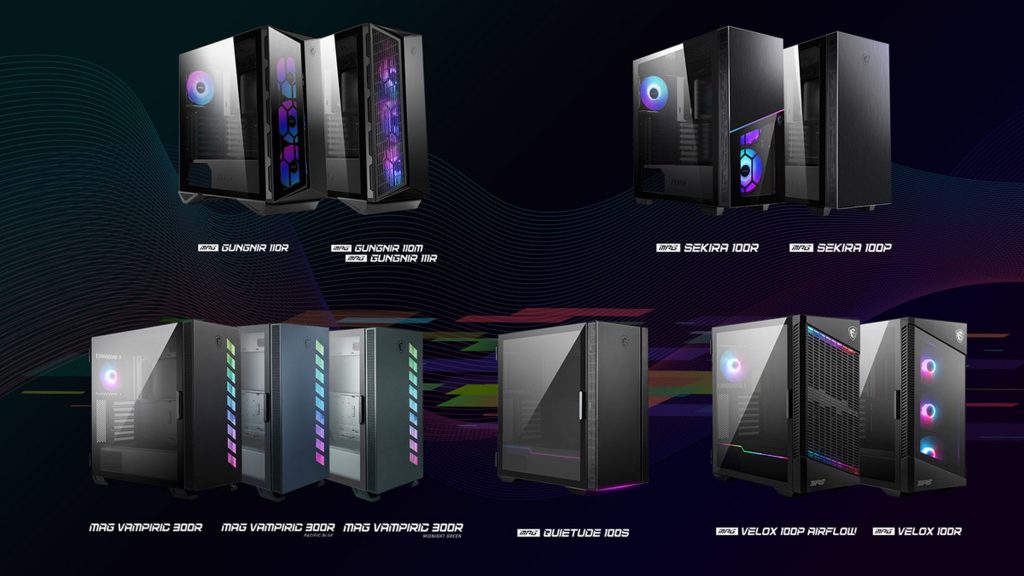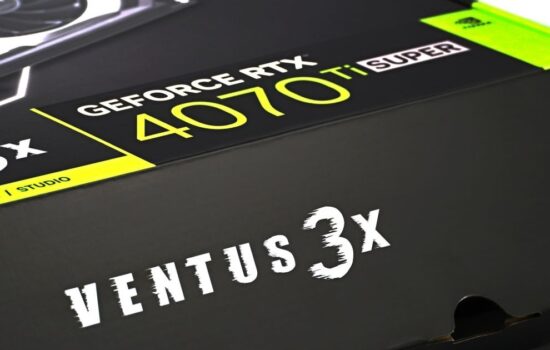MSI adds 20 Gbps USB support to their cases
MSI has been intensely committed to application of the 20-gigabit standard of USB 3.2 gen. 2×2 for a long time. So far this was only in regards to the external connectors on the rear panel of motherboards with an Intel chipset. According to current information, this interface will soon be supported internally and MSI even intends to add it to the cases as well. However, this will only apply to the next generation of motherboards.
Compared to the commonly used USB 3.2 gen. 2 (or USB 3.2 gen. 2×1) the interface of the USB 3.2 gen. 2×2 has twice the theoretical operating efficiency – 20 versus 10 Gbps. This transitory standard has enjoyed rather little attention from the producers. Not only of motherboards, but also of devices that have the required support and can benefit from the higher operating efficiency of the USB 3.2 gen. 2×2. The most confidence in such interface is displayed by MSI. It already has applied this fast form of USB to the rear panels of motherboards with Intel B460 and Z490 chipsets. With B560 and Z590 the occurrence of USB 3.2 gen. 2×2 gets even more frequent, due to the lack of necessity for an external controller (as with the previous generations of motherboards) and support on the level of motherboard chipsets.
It appears that only external USB-C connectors are supported, although the motherboards sometimes possess an internal USB-C header with 20 pins for connecting the connector in the case. It could theoretically be supported without being physically different, however it might be connected to the chipset only as a USB 3.2 gen. 2×1, for some reason. As MSI states, USB 3.2 gen. 2×2 support will start with the introduction of Z690 and B660 chipset motherboards with an Intel LGA 1700 socket.

However, the possibility that older motherboards will also be able to support this interface can not be ruled out yet, be it in an “unofficial” manner. The internal header in Z490 and B460 might even be connected to USB 3.2 gen. 2×2, but without guaranteed 100% reliability due to not being subjected to proper testing. In the end, there has not been a good reason for such support so far, since neither the cases are currently officially supported, even though they have USB-C connectors and apparently possess a 20-gigabite interface as well. All of them will likely contain the conductors, otherwise a both sided connection would not work. It all might come down to the data cable only fulfilling the requirements for USB 3.2 gen. 2×1.
A faster interface has natural demands on the transmission quality and it is possible that MSI will, in terms of hardware support, also focus on this aspect. Namely on modifications to the cable connection to allow proper USB 3.2 gen. 2×2 use, while maintaining the reverse compatibility with the 10 Gbps standard. This is a bit speculative, but unfortunately an explanation why the current motherboards do not have this support is nowhere to be found. This also might be due to marketing reasons, in favor of the presentation of “new” features on new motherboards to assume a particular exclusivity in the appearance that everything is perfectly optimised within the components from the MSI company. In other words, that the best results will be achieved with MSI motherboards in MSI cases. Of course this might be true, since very few users will be motivated to finetune by themselves in the same manner MSI does. Even some performance tests (in CrystalDiskMark), where different cases perform at different speeds, have started to occur.
In most cases those are rather lower speeds (even though in Mbps units), a higher performance is observed only in five out of eleven MSI cases that will have official USB 3.2 gen. 2×2 support. This basically refers to all models, which have a physical USB-C connector in their front panel.
With MPG cases those models are Gungnir (110R, 110M a 111R), Sekira (100R a 100P), Velox (100R a 100P Airflow) a Quietude 100S. while Gungnir and Sekira should achieve the higher transmission speeds we have mentioned earlier. Further Vampiric 300R cases are also available (300R Pacific Blue a Midnight Green i version without an additional description) in various colors.
We will likely revisit this topic, after the release of the new MSI motherboards with Intel Z690 and B660 chipsets, as, presumably, more details will be available. Including the ones pointing to the cases with USB 3.2 gen. 2×1 support. Those might have slightly different labels by then.
English translation and edit by Karol Démuth












